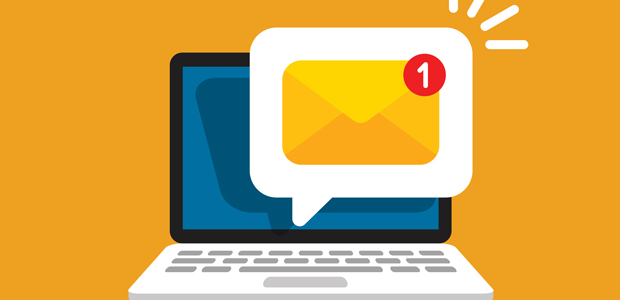
Deliverability Matters: How to Ensure Your Emails Land in the Right Place
Email marketing is a powerful strategy for businesses of all sizes, but it can be challenging to navigate.
One crucial aspect of email marketing that is often overlooked is deliverability. Deliverability is the ability of an email to reach the intended recipient's inbox, rather than being filtered into spam or other folders. It is a vital yet frequently misunderstood aspect of email marketing that can determine the success of your campaign. It's important to first understand the difference between deliverability and delivery.
Delivery refers to the act of sending an email and it being accepted by the inboxes. Deliverability, on the other hand, is what happens after the email is accepted, whether it lands in the inbox, the spam folder, or nowhere at all. Keep in mind that while email marketing tools can provide information on delivery, they cannot tell you what your deliverability is. This information is known by Inbox Service Providers and only certain types of information can be obtained through deliverability monitoring tools.
Many business owners and marketers are unaware that deliverability even exists, and that's not surprising. The field of email deliverability is complex and ever-changing, requiring a deep understanding of email protocols, authentication methods, and the inner workings of email clients and servers. Despite its importance, many businesses lack a comprehensive understanding of email deliverability, leading to poor inbox placement and reduced ROI on their email marketing efforts without them even knowing.
One of the most common misconceptions about deliverability is that if an email is not marked as spam, it will land in the inbox. This is not true. Spam filters are designed to be highly sophisticated and can filter out emails based on a variety of factors, such as the sender's reputation, and the recipient's engagement with past emails. Another misconception is that if you have inboxing issues, changing email marketing tools will help you inbox better or that if you have a large email list, your deliverability will be high. This is also not true. It's not the size of your email list that matters but the quality of your list. A list of engaged and interested subscribers will have a much higher deliverability rate than a large list of unengaged and inactive subscribers.
Another important aspect of deliverability is compliance. Following regulations is important because even if they don’t apply because of where your business is located, spam filters still expect senders to abide by them. So it is important to make sure that your email marketing campaigns adhere to laws and regulations such as the General Data Protection Regulation (GDPR) and the CAN-SPAM Act. This includes obtaining consent from subscribers, allowing them to opt-out of receiving emails, and providing a physical address in all email communications… or else spam filters will not inbox your emails.
In conclusion, deliverability is an essential aspect of email marketing that is often overlooked. By understanding the common misconceptions and following best practices, you can improve your deliverability, increase your open rates, and click-through rates, and ultimately, achieve better ROI on your email marketing efforts. But this is just the tip of the iceberg, there's so much more to learn about deliverability and how it can benefit your business. Stay tuned for more posts on this topic and discover the secrets to mastering email deliverability.

